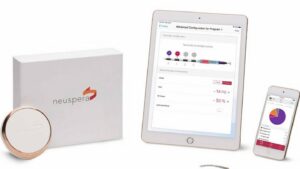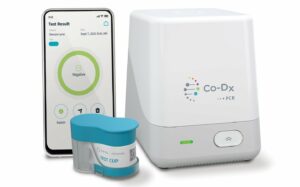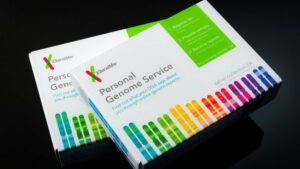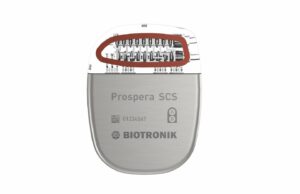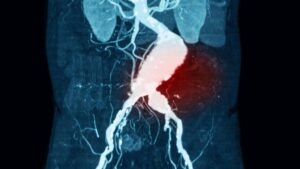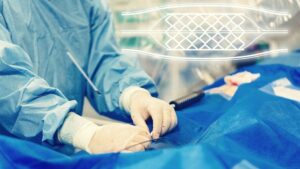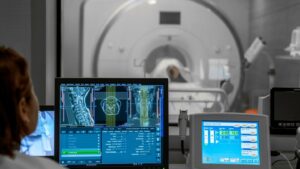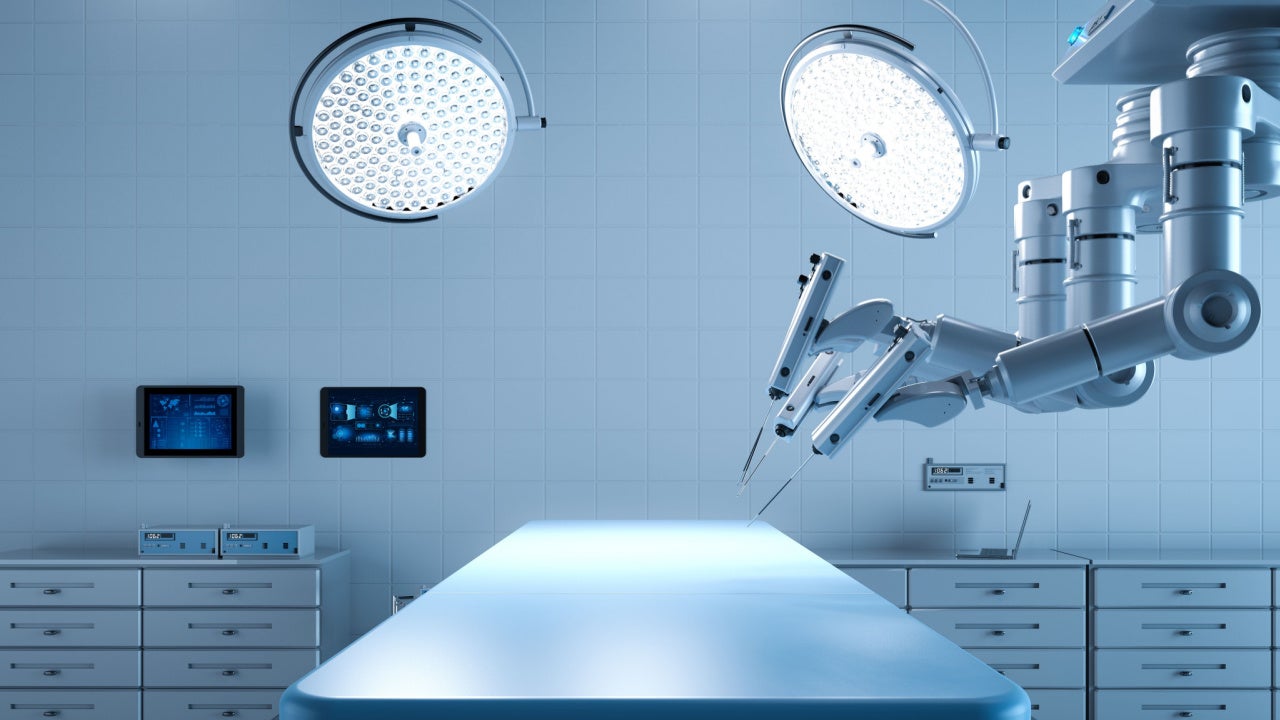
Obvius Robotics has completed the first in-human study using its hand-held image-guided percutaneous access device the CERTA Access System. The development stage device combines robotics and imaging, enabling clinicians to single-handedly target and access anatomical structures using a targeting system and needle assembly.
The South Florida-based company completed the trials at the Sanatorio Italiano in Asuncion, Paraguay under the supervision of principle investigator Adrian Ebner, MD. The clinical team used the system to successfully place central venous catheters (CVC) during 19 procedures.
The device uses image guidance and precise, targeted needle placement, enabling clinicians to identify target structures such as blood vessels, and rapidly gain access for CVC placement. According to the results, the median time for access was under 3 minutes.
The conventional approach to CVC relies on the Seldinger technique which is considered relatively complex. Obvius’ device aims to simplify the approach by allowing the operative to hold the system over the operative site, observe the image of the target they are pursuing and push a button to gain access to it almost instantly, removing variability and requiring fewer steps.
Obvius is currently preparing for regulatory clearance and aiming for first commercialisation in the first half of 2024.
According to a report by GlobalData, the surgical robotics market has become increasingly popular in the last five years, which is driving robust growth. Despite being more vulnerable to economic recession than other healthcare sectors, the market for robotic surgical systems and accessories is forecast to reach $30.7 billion globally by 2030, registering a compound annual growth rate (CAGR) of 10% from 2022 to 2030.
“We know that early central venous catheter insertion yields the best results in reducing mortality and hospitalisation in acutely ill ICU and ER patients,” stated William Cohn, MD, Chief Medical Officer of Obvius Robotics and inventor of the CERTA Access System.
Dave Herrmann, Chief Commercial Officer of Obvius Robotics added: “This is a procedure that is carried out more than 20 million times globally per year. It still carries a 4-11% complication rate profile. To us that is really outrageous for such a common, high-volume procedure. We think there is a real opportunity to improve that complication rate profile.”
<!-- GPT AdSlot 3 for Ad unit 'Verdict/Verdict_In_Article' ### Size: [[670,220]] -- !-- End AdSlot 3 -->- SEO Powered Content & PR Distribution. Get Amplified Today.
- EVM Finance. Unified Interface for Decentralized Finance. Access Here.
- Quantum Media Group. IR/PR Amplified. Access Here.
- PlatoAiStream. Web3 Data Intelligence. Knowledge Amplified. Access Here.
- Source: https://www.medicaldevice-network.com/news/obvius-robotics-completes-first-trial-using-certa-access-system/
- :has
- :is
- 20
- 2022
- 2024
- 2030
- 220
- 7
- a
- access
- accessories
- According
- Ad
- added
- adrian
- Aiming
- aims
- Allowing
- and
- annual
- approach
- ARE
- AS
- Assembly
- At
- become
- being
- BEST
- Billion
- blood
- button
- by
- CAGR
- carried
- central
- chief
- Clinical
- clinicians
- COM
- combines
- commercial
- commercialisation
- Common
- company
- Completed
- Completes
- complex
- Compound
- considered
- conventional
- Currently
- CVC
- Despite
- Development
- device
- driving
- during
- Early
- Economic
- economic recession
- enabling
- end
- fewer
- First
- five
- For
- Forecast
- from
- Gain
- GlobalData
- Globally
- Growth
- guidance
- Half
- healthcare
- hold
- HTTPS
- identify
- image
- Imaging
- improve
- in
- instantly
- IT
- ITS
- jpg
- Know
- Last
- Market
- medical
- million
- minutes
- more
- observe
- of
- Officer
- on
- Opportunity
- Other
- out
- over
- Paraguay
- patients
- Place
- plato
- Plato Data Intelligence
- PlatoData
- precise
- preparing
- principle
- procedures
- Profile
- Push
- rapidly
- Rate
- reach
- real
- really
- recession
- reducing
- registering
- regulatory
- relatively
- removing
- Results
- robotics
- robust
- Sectors
- Share
- simplify
- site
- Size
- South
- Stage
- stated
- Steps
- Still
- Study
- Successfully
- such
- supervision
- surgical
- system
- Systems
- Target
- targeted
- targeting
- team
- than
- that
- The
- There.
- they
- think
- this
- time
- times
- to
- trial
- trials
- under
- unit
- us
- used
- uses
- using
- Vulnerable
- was
- we
- which
- year
- years
- yields
- zephyrnet


